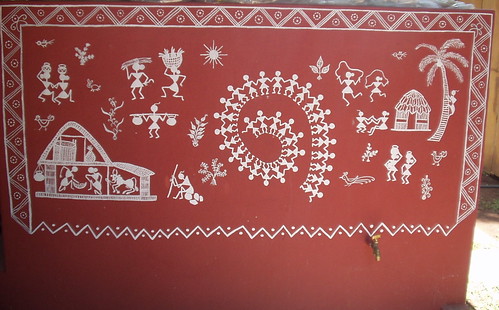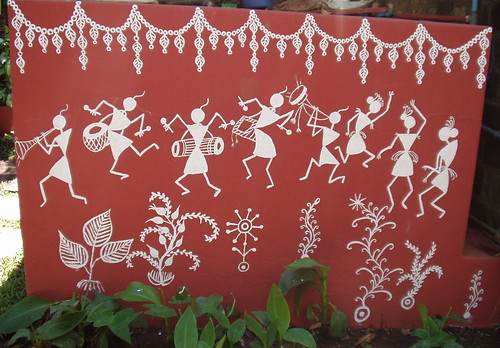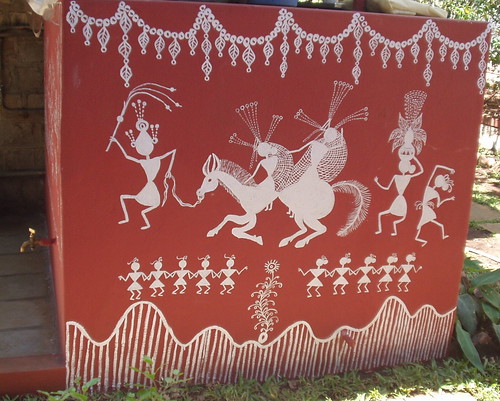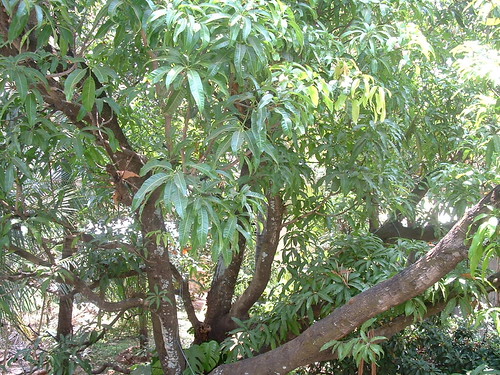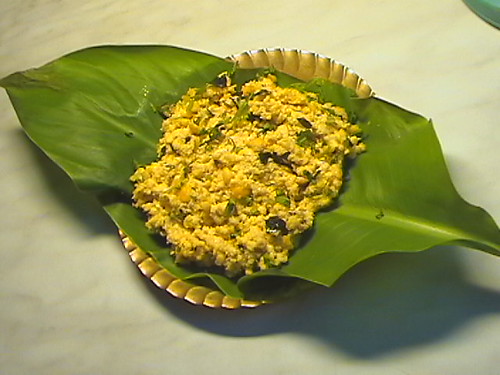Which is certainly a huge challenge for me. The problem with living in the legendary Gotham City is that everything that had to be said about it food-wise has already been said. Or has it? Well, I fall into a certain demographic: an Indian vegetarian graduate student who has been living in NYC for half a decade. This means that the places I eat out at are veggie-friendly and super super cheap. Well, for what its worth, and in no particular order, here is my NYC foodie list:

Very New York Eats ...If you visit NYC, don't leave without tasting these three foods. They have one thing in common...CARBS baby, yeah!
1. Bagels: Much much more than simply a doughnut-shaped bread, bagels are traditionally boiled before being baked. A good bagel is chewy without being stodgy. You can find many great Bagel places in the city. Choose from a huge variety of bagels (sesame, poppy seed, plain, onion, jalapeno or the "everything bagel" ) and a myriad of cream cheeses (my two favorites are walnut raisin and vegetable). The picture above shows a sesame bagel with walnut-raisin cream cheese. V once ordered a jalapeno bagel with strawberry cream cheese, and now he wonders why everyone at Bagelworks (our local bagel place, where they make 'em right on the premises) gives him scared looks.
2. Thin-crust Pizza: There are entire blogs devoted to the noble search for good pizza in NYC, so go look for good options there.
3. Cheesecake: My personal favorite has got to be a tiny cozy bakery called "Two Little Red Hens" at 85th street and 2nd avenue. To my delight, a favorite blogger of mine loves this place too! Cheesecake is very easy to mess up (too sweet, too dense, too pasty...) but this bakery does it right.
Globe-trotting On The Subway... NYC is blessed with extraordinary diversity. For the royal sum of $2.00, you can hop on the subway and go visit the ethnic enclaves of Russia (Brighton Beach), India (Jackson Heights) or Greece (Astoria). So the next on the list:
4. Think of a country, any country that you like to visit, and then go eat in a restaurant that serves that cuisine. The internet is a wonderful resource for finding restaurants in NYC. One of my favorites: Ghenet for Ethiopian cuisine...there is something wonderful about getting together with friends and having a communal meal, Ethiopian style. Another good place for big group lunches is the self-explanatory Vegetarian Dim Sum House in Chinatown.
In the mood for Indian?...Try these (all of these next three restaurants are in the Murray Hill area of Manhattan, now informally referred to as Curry Hill):
5. Gujarati Thali: Show-casing the cuisine of the Western Indian state of Maharashtra, Vatan has some crazy decor, with the fake village scenes and all, but the food is amazing, and with the "unlimited" thali (multi-course) meal, you have to roll home at the end of the filling meal.
6. Southern Indian: Chennai Garden has impressively authentic South Indian fare (certified by V, who is Tamilian and M, who is a Kannadiga, so you don't have to take a Marathi girl's word for it). Try the "Gunpowder Masala Dosa" if you dare!
7. Indian-Chinese: You have to try this strange mingling of two very different cuisines. Every Indian I know gets regular cravings for Gobi Manchurian. And when that happens, it is Chinese Mirch to the rescue! Apart from favorites like Hakka noodles, try the crispy okra, which is not "authentic" Chinese-Indian, but addictive all the same.
Random foodie things...
8. Picnic in Central Park: Drop into any one of Manhattan's superb food stores: Zabar's, or Whole Foods, or even Gourmet Garage if you are a budget gourmet like me, and buy a baguette, a wedge of Brie, some fruit, kettle cooked potato chips and some fresh cookies, smuggle a bottle of wine into a bag, and go off and have a picnic in Central Park. Central park is the backyard of the whole city, and a great place for watching New Yorkers during their time off.
9. The Herb Garden at The Cloisters: This is an unsual one, but it is so worth trekking uptown and taking a look at The Cloisters, the medieval collection of the Met. The medieval herb garden is very cute, and the whole place is very charming. Foodie stuff apart, the unicorn tapestries are simply stunning (I was actually speechless for once in my life).
10. Hot Chocolate: To end the list on a sweet note, don't miss the hot chocolate at City Bakery (Union Square). I don't even like chocolate to be very honest, but that thick creamy hot chocolate is absolutely divine. If you happen to visit in February, it will be VERY cold and you will need hot chocolate anyway, so we are lucky that City Bakery conveniently has a Hot Chocolate Festival that whole month!
What can I say, it is a cliche, but I *heart* NY!
Click on the button for the round up of "Food Destinations"
 ...thanks, Maki, for hosting this event!
...thanks, Maki, for hosting this event!

